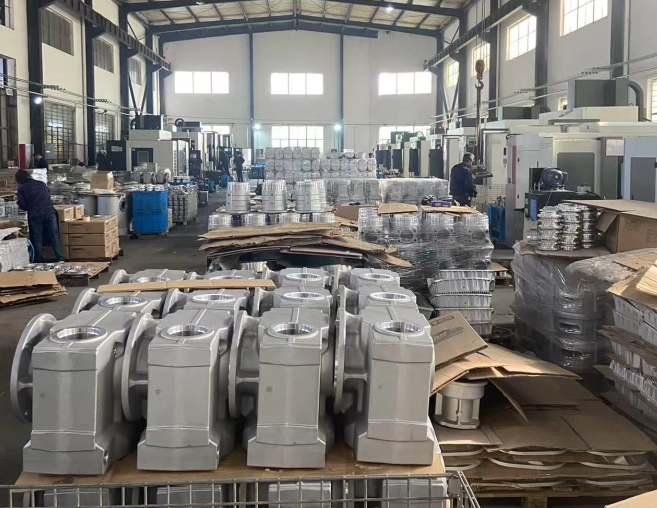- This topic is empty.
-
AuthorPosts
-
2025-09-24 at 3:20 pm #26228
Selecting the right aluminum casting process is critical for producing precision, high-performance components. At Tiger Casting, we specialize in both aluminum gravity casting and die casting, providing tailored solutions for automotive parts, machinery, lighting components, and hardware fittings. This guide focuses on practical, technical considerations to help manufacturers decide which process best suits their parts.

1. Production Volume and Cost Efficiency
-
Gravity Casting: Ideal for low to medium production volumes. The mold preparation cost is relatively low, and flexibility allows for quick adjustments for prototype or small batch production.
-
Die Casting: Optimized for high-volume production. Although initial die costs are higher, the cost per part decreases significantly at scale due to automated injection and short cycle times.
Practical Tip: If you need 100–1,000 parts, gravity casting is often more cost-effective; for 10,000+ parts, die casting provides superior efficiency.
2. Part Complexity and Design Considerations
-
Gravity Casting: Can handle complex geometries, undercuts, and thicker walls, making it suitable for large or intricate components.
-
Die Casting: Best suited for thin-walled parts and uniform geometries. Overly complex designs may require secondary machining.
Practical Tip: Evaluate the part’s wall thickness and features. Gravity casting is preferred for complex or heavy-duty parts; die casting is ideal for lightweight, high-precision components.
3. Dimensional Accuracy and Tolerances
-
Gravity Casting: Dimensional tolerances are moderate but can be enhanced with post-processing like CNC machining.
-
Die Casting: Provides tight tolerances and superior surface finish, reducing or eliminating the need for secondary machining.
Practical Tip: For parts where precision is critical (e.g., engine components or mechanical fittings), die casting may reduce rework costs, while gravity casting offers flexibility for functional parts with less stringent tolerance requirements.
4. Mechanical Properties and Material Performance
Aluminum gravity casting provides excellent elongation and fatigue resistance, suitable for parts subjected to dynamic stress:
-
Elongation at Break: 3%-6%
-
Fatigue Strength: 50-90 MPa
-
Ultimate Tensile Strength: 160-270 MPa
Die-cast parts have slightly lower elongation but higher dimensional stability, making them ideal for thin-walled, intricate components.
Practical Tip: Match the casting method to the mechanical load and environmental conditions your part will experience. For high-stress applications, gravity casting may be advantageous; for precise, lightweight applications, die casting is preferred.
5. Post-Processing and Surface Finishing
-
Gravity Casting: Often requires heat treatment, trimming, and CNC finishing to achieve final dimensions and surface quality.
-
Die Casting: Produces smooth, near-net shape parts, minimizing finishing requirements.
Practical Tip: Consider the available post-processing capabilities. Tiger Casting provides full CNC machining and finishing services to ensure parts meet precise specifications regardless of the casting method.
6. Lead Time and Prototyping
-
Gravity Casting: Offers shorter lead times for prototypes; molds are quicker to produce and modify.
-
Die Casting: Longer initial mold preparation, but highly efficient once in production.
Practical Tip: For custom prototypes or urgent projects, gravity casting allows faster validation before mass production.
Conclusion
Choosing between aluminum gravity casting and die casting should focus on:
-
Production volume
-
Part complexity and wall thickness
-
Dimensional accuracy and tolerances
-
Mechanical performance requirements
-
Post-processing needs and lead time
At Tiger Casting, our precision casting capabilities, CNC machining centers, and rigorous quality inspection facilities ensure your parts meet exacting standards, whether you select gravity casting or die casting. By aligning the casting process with your part design and production requirements, you can achieve optimal efficiency, performance, and cost-effectiveness.
http://www.tiger-aluminumcasting.com
NINGBO TIGER CASTING COMPANY -
-
AuthorPosts
- You must be logged in to reply to this topic.